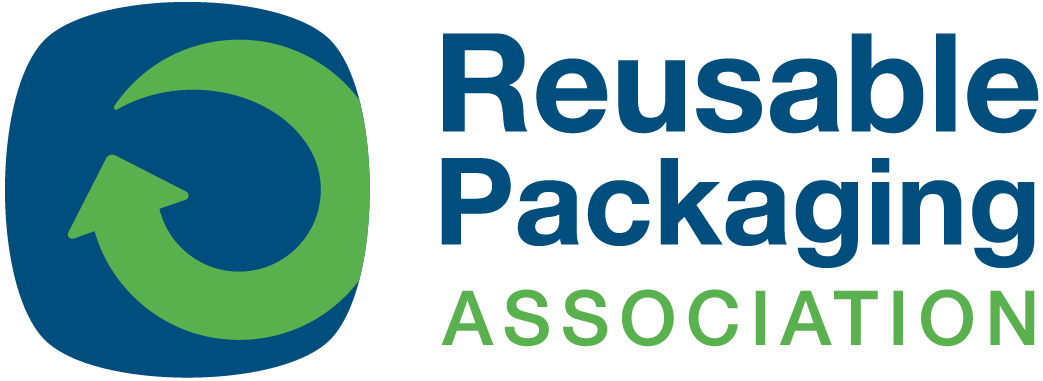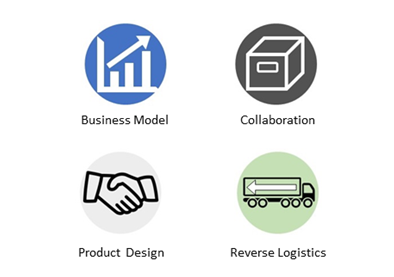
In the Philips’ report, “Rethinking the future – Our transition towards a circular economy,” four enablers for a circular economy were identified: (1) business models; (2) design; (3) collaboration; and (4) reverse logistics. Reusable transport packaging embodies all four enablers for a circular economy. In fact, for reusable packaging, these enablers really need to be considered as “essentials,” or required elements for an effective reusable system.
Reusable packaging business models are built for a systems approach to the management of materials, incorporating the necessary processes and logistics to recover and reuse the transport packaging. The business models plan to extend product life for a maximum number of uses and achieve end-of-life renewal of available resources. Professional pooling companies, for example, monitor and measure performance for cycle times, turn rates and dwell in order to optimize resource utility and to keep the packaging product value at its highest at all times.
Reusable packaging companies design reusable products with the objective for reuse, identifying and meeting specifications such as durability, lifespan, return compatibilities, and part repair or replacement. Product designs are intended to work within supply chains that perform continuous movement and use and that eliminate waste and inefficiencies. Reusable packaging products are designed for lasting purpose.
Collaboration is a vital component in the development, implementation and optimization of the reusable packaging system, as suppliers, primary users and third-party logistics providers partner to deliver on the shared reuse objectives. And in closed-loop systems, internal departments must coordinate and communicate regularly to plan, integrate and manage material flows. Effective collaboration closes supply chain gaps and ensures packaging assets are fully recovered for reuse.
Reverse logistics manages the retrieval and repositioning of packaging products, which are fundamental activities to complete the cycle of reuse. Many companies in the reusable packaging industry have their own reverse logistics functions or outsource the services. In either case, the reusable packaging industry is full of expertise in the logistics of getting packaging materials back for reuse.
While business models, design, collaboration, and reverse logistics are indeed enablers for the circular economy – and essentials for reusable packaging systems – technology is actually a key enabler behind all four. Rapid advancements in digital data generation, access and connectivity will fuel participation and performance in each of the four enablers, empowering companies to pursue circular solutions for their materials management. This means adopting reusable packaging today, and moving into the future when intelligent packaging assets and smart cycles excel in the circular economy.

